Life in an apartment can be complicated and very stressful due to the proximity we have with the neighbors. There will always be conflicts because of the noise, either because they can hear what you are doing or because you listen to them. It is something that cannot be escaped because of spatial limitations, and that is even worse if someone plays a musical instrument. Fortunately, today we will teach you how to soundproof thin apartment walls.
Many people think that making a soundproofing apartment is an extremely expensive project, but the truth is that we can carry out an economic project that is equally effective.
Even thin-walled apartments can be remodeled to have some resistance to noise, although this will mean applying multiple solutions.
However, before we explain the methods you can use to make your home noise-proof, you should know the basics about sound to know how to fight it.
A science class
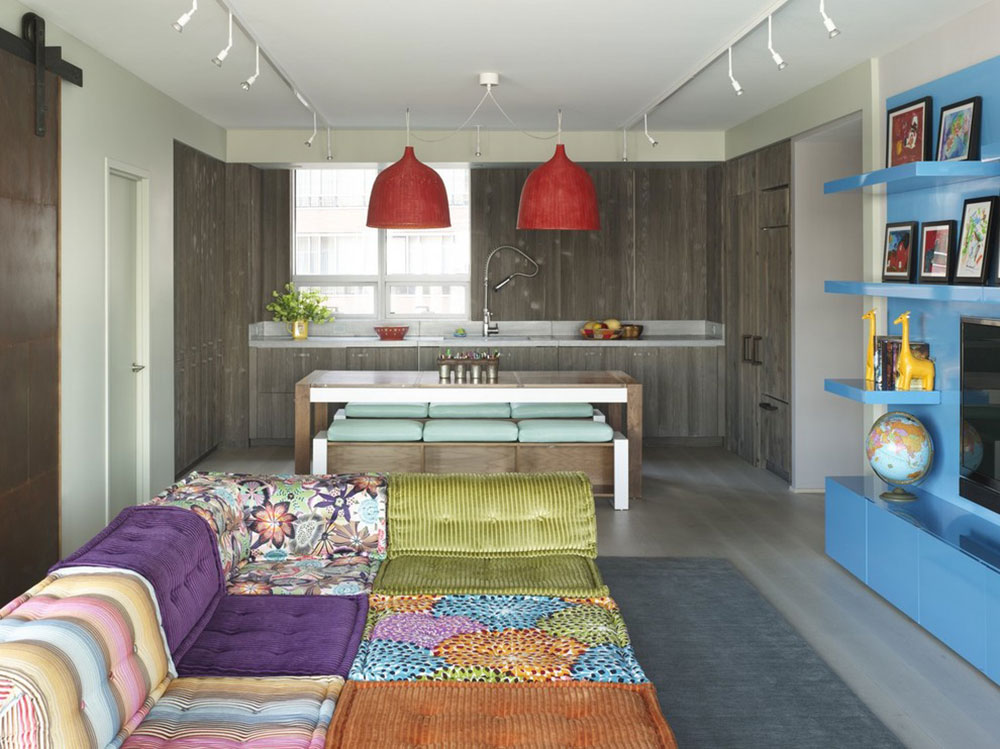
Image source: Incorporated
Knowing the origin of the sound will allow us to make the best decisions to soundproof our apartment.
In general, the sound is a disturbance or vibration that is transmitted by some means or material. These vibrations generate specific noises depending on the channel they use to transmit.
The most common transmission is by air since it can vibrate by any movement until it reaches our ears. Sound can also travel through walls or solid materials, although it will end up influencing the air anyway so we can hear it.
The sound does not require a space with concrete dimensions to be transmitted, and on some occasions, the environmental conditions will affect the force with which it travels. Empty and wide spaces, for example, help to generate echo as long as there is an air chamber inside them.
 Image source: STEPHEN FLETCHER ARCHITECTS
Image source: STEPHEN FLETCHER ARCHITECTS
Another factor to consider is the type of sound. The low-pitched sounds travel more easily through solid objects, while the high-pitched sounds are best transmitted in the air. Although in reality, the sounds that disturb our tranquility mix both types.
Now that we know where the sound travels, we can start looking for the culprits of our noise problem in our home.
Knowing if noise is passing through a wall, window, door or other place is important in deciding how to fix it. After all, this knowledge will help us to consider how much budget we will use and whether we will opt for portable or permanent mechanisms.
May your efforts concentrate on the walls
Having thin walls in an apartment is a predicament when we look for a place to rest from noise. That’s why if we want to soundproof our house, we should focus our attention on them.
The first thing is to try to identify the weak points that the walls can have. As they are thin, the coating is susceptible to breakage. However, this problem is only the one that stands out in the outside.
Another defect that they can present is that the water pipes generate a lot of noise when they are used, a sound that is amplified if the wall is hollow.
Consider within the inspection if your walls are made of some dense material that can withstand bumps. If not, then start looking for cracks, since these may be the main cause of the noise. The good thing is that when it comes to tiny cracks, these are easy to repair with some sealant.
How to soundproof thin apartment walls using cheap methods
Acoustic foam – The basic option
If you have ever seen the walls of a sound booth, you may have noticed that they have a foam coating with pointed shapes. This is because soft materials absorb sound better, preventing it from bouncing.
The acoustic foam has the advantage that it allows to create a great variety of designs to adapt it to our home, being able to cut it as we wish. It is the basic option with greater effectiveness against the noise that we can get in the market.
Not only will we prevent the sound from leaving our rooms, but it will also not be able to enter from outside.
For best results, you can purchase acoustic foam with a wooden frame, which is already prepared to give you the best result, as well as being easy to install.
Remember that for this foam to adhere to the walls, you will need some additional elements such as spray adhesive or hooks and loops strips.
Soundproof blankets
If we do not want to use the foam, we can always choose to install a series of blankets manufactured to absorb noise.
These blankets have the disadvantage that they are heavy, so we must adhere to them very well to the wall or they could fall.
There are blankets with eyelets and grommets included which greatly facilitates their installation, especially if we have no experience with construction.
Reduce noise and bumps with vinyl
You can soundproof an apartment using mass-loaded vinyl mats. Although they are made to reduce impacts that walls and floors receive, these will also prevent sudden vibrations that transmit loud sounds.
We do not have to use special types of vinyl to apply this method; virtually any rubber or high-density material can be applied to our walls to reduce the amount of sound that can pass through them.
As it is a thick material, this type of blankets also helps to maintain our homes’ temperature during the cold days.
The paint works as an insulating layer
It may seem absurd, but a coat of paint could be all we need to reduce the noise inside our apartment.
There are special paints that allow to reduce to some extent the acoustic effects on our walls. The thicker the layer, the greater the insulating effects.
However, painting does not work as a substitute for the previous methods. This is only useful when the noise we want to eliminate has a reduced volume, such as a conversation between people. If we need to soundproof against more intense sound sources, the painting will only represent an unnecessary expense if we decide to use it.
Insulation foam has many functions
It does not matter that its main objective is to create a thermal insulation layer since this foam is much more versatile than it seems.
In general, we can use it as a substitute for acoustic foam and the results will be similar. The biggest difference between them is that insulation foam can be acquired with closed or open cells.
Filling the walls with a layer of insulating foam during the construction of the buildings will make even the thinnest walls feel resistant and impenetrable. It can also be applied during remodeling, although the process involves removing the wall to be able to apply it behind it.
The last alternative is to spray this foam directly on the wall’s surface, although it may not be very aesthetic.
Create invisible walls using curtains
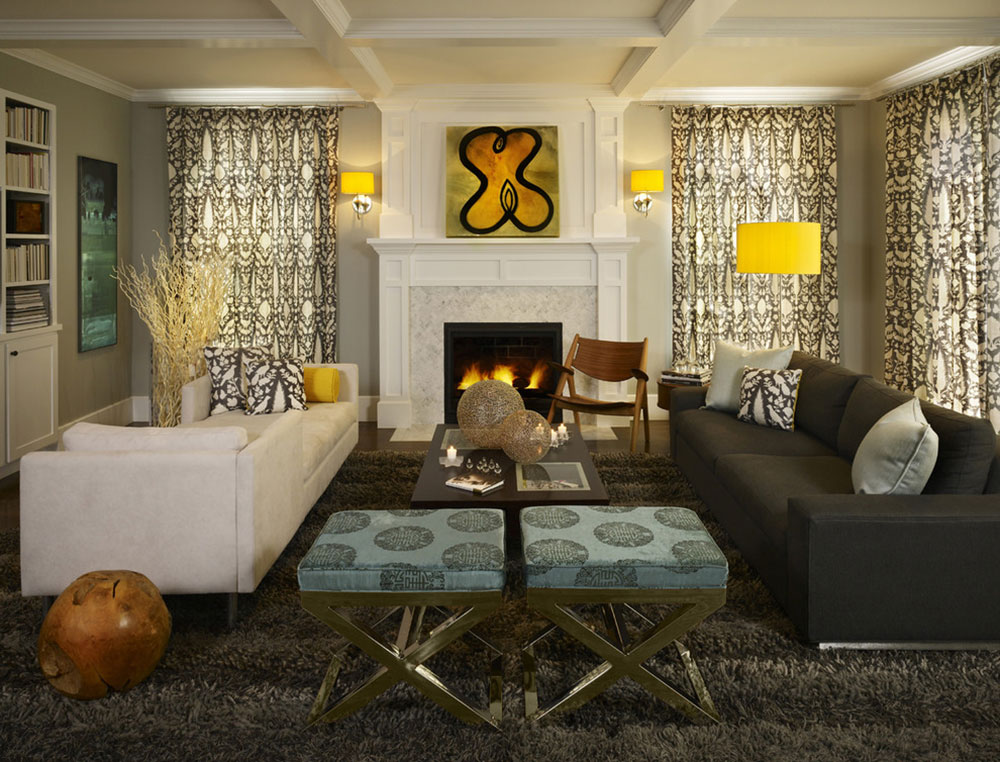 Image source: Andrea Schumacher Interiors
Image source: Andrea Schumacher Interiors
How to soundproof thin apartment walls without people noticing them? Simply use curtains as if it were part of the room’s decoration.
This method works very well on the walls shared between homes, creating a barrier that looks natural with the rest of our house. The good thing about curtains is that the amount of materials available in the market is immense, and each one has different effectiveness when it comes to isolating us from noise.
You can also make use of a curtain of thick and heavy material if you want to be more drastic when reducing sound emissions, although you must install it very well so that it does not fall.
Carpet and Rug institute recommendations
 Image source: Dwayne Bergmann LLC
Image source: Dwayne Bergmann LLC
The organization’s name gives us a clue about the advice they will give us. They promote the use of plush carpets and rugs to reduce the noise that enters through wood, ceramic and acrylic floors.
If, despite using this method, you can still feel the vibrations of the floor disturbing your life, then add an additional mat under your main carpet.
Fill in the spaces with furniture
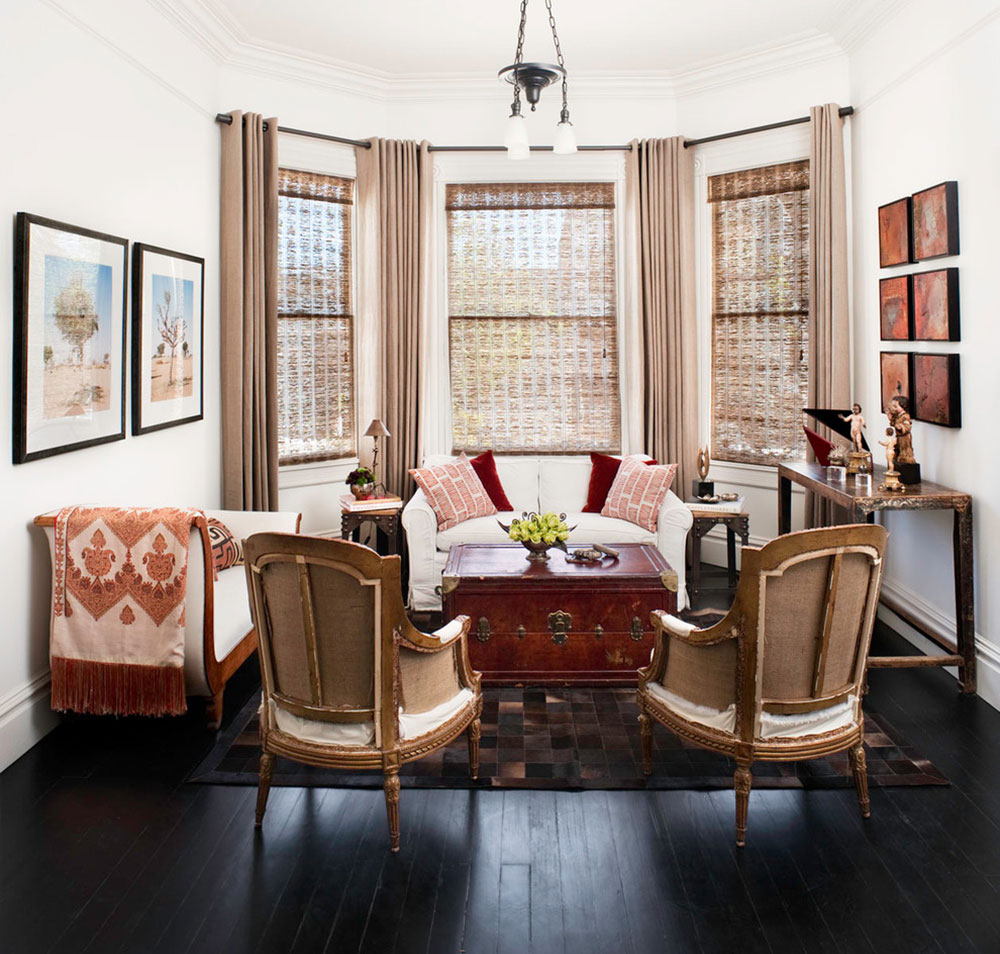 Image source: Antonio Martins Interior Design
Image source: Antonio Martins Interior Design
As we mentioned at the beginning, large spaces with empty areas are perfect for echoing. If we want to avoid this, it is best to fill the rooms with furniture.
Although in theory, all kinds of furniture work to prevent the rebound of sound, some are much better in this task due to the construction material and the shape they possess.
Those made of solid wood and with enough dense elements, such as libraries, retain the sound without problems. However, in case you are going to put the furniture close to the walls, be sure not to leave ample separations that create air mattresses, or it could amplify the noise instead of reducing it.
Soundproof plasterboard
Another method of soundproofing that is better during the construction of the house is to use drywall panels that are divided into several layers and have sheets of other materials between them.
Some of the most used are metal, ceramics, and acrylic. The combination of all layers makes the drywall become an effective way to reduce noise in homes.
A rigid material between two plaster sheets reduces the flexibility of the wall, which translates into greater resistance to vibrations and, therefore, less sound transmission.
Fight noise with noise
The last option, and perhaps the most practical of all, is to acquire a white-noise machine that is responsible for camouflaging ambient noise with a more tolerable sound for you.
This is a way of diverting our attention towards a less disturbing sound for our tranquility, and it could hide the sounds that originate from your home, although in the end there will always be noise.
Ending thoughts on how to soundproof thin apartment walls
Now that we know how to soundproof thin apartment walls, we must be sure that what we do will be ideal before applying our new knowledge. The walls are not the only ones where sound can travel. The floor, ceiling, windows, and doors are also key elements.
Before remodeling the walls, you should check if the problem is in the doors and windows since these are holes that often do not have adequate insulation.
Also, remember that if the property does not belong to you, you must ask permission from the owner before making any changes.
The post How to soundproof thin apartment walls (Quick guide) appeared first on Impressive Interior Design.
source https://www.impressiveinteriordesign.com/how-to-soundproof-thin-apartment-walls/
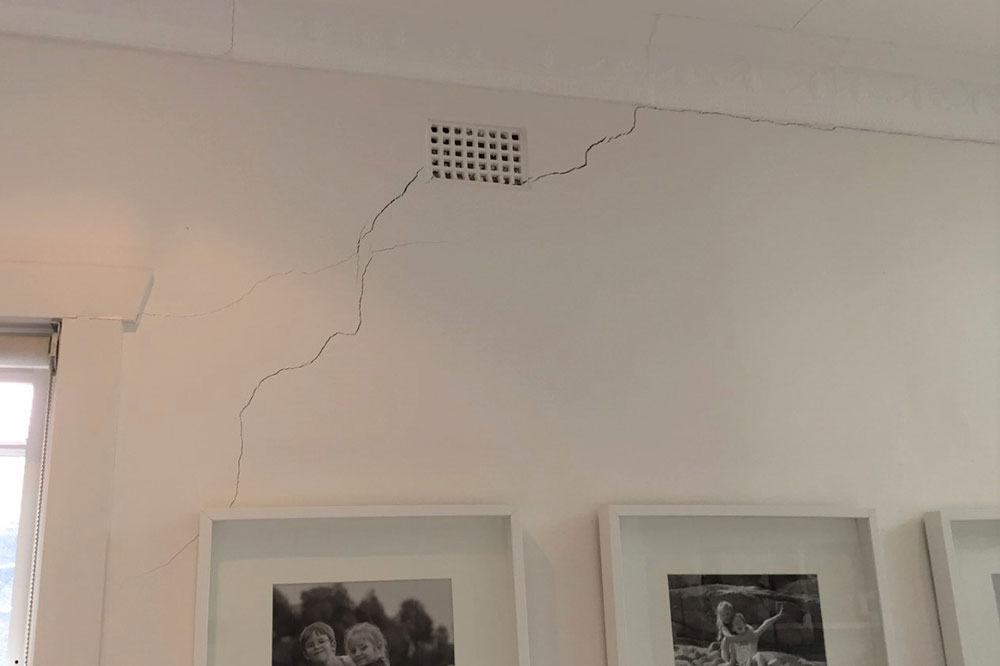
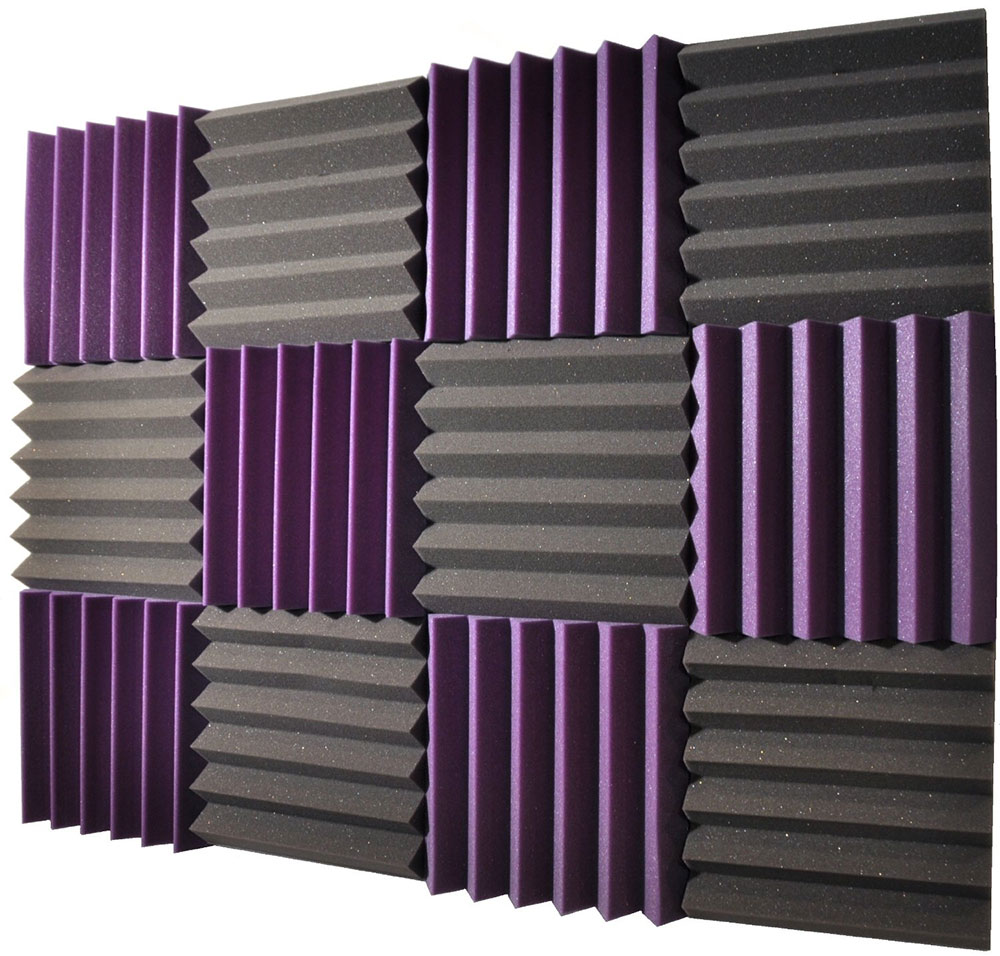
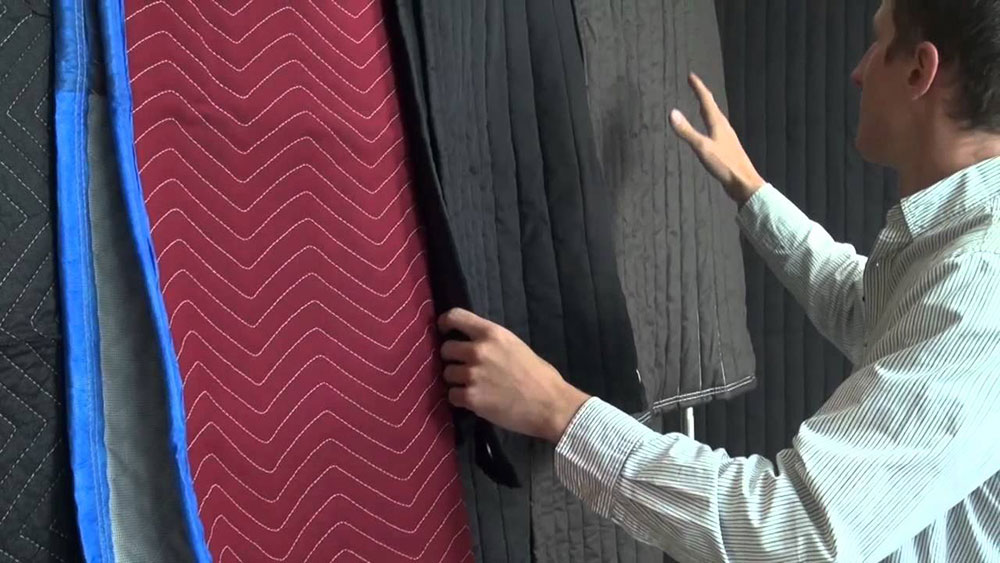
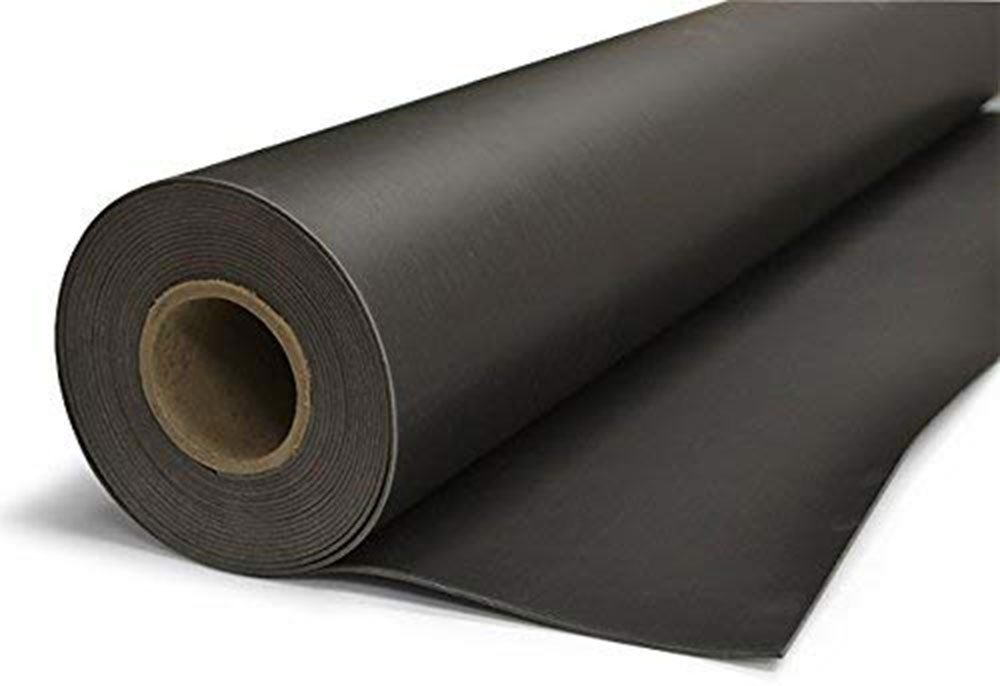
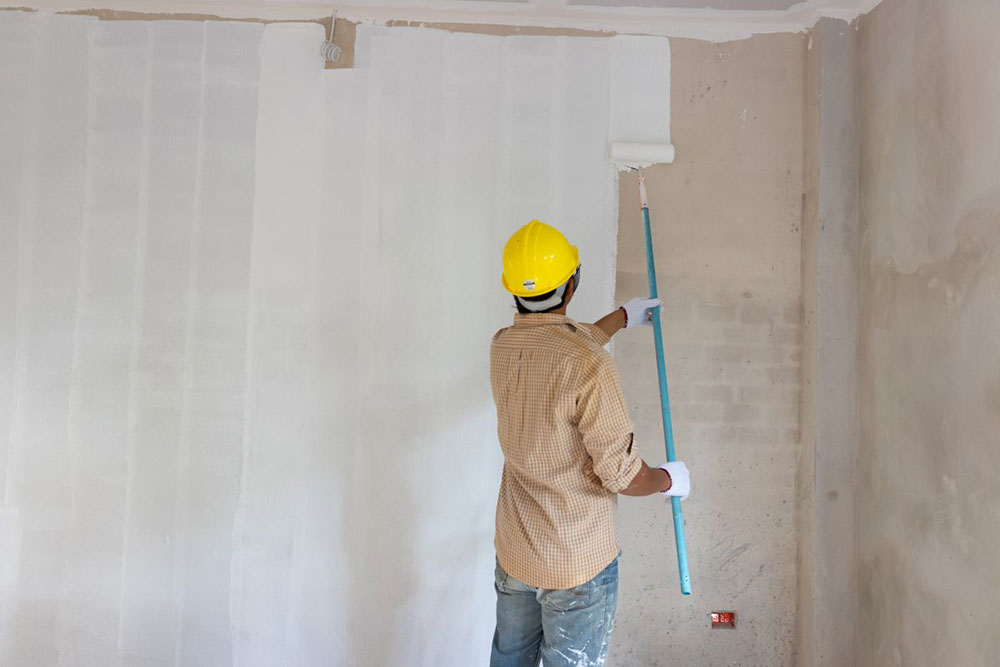
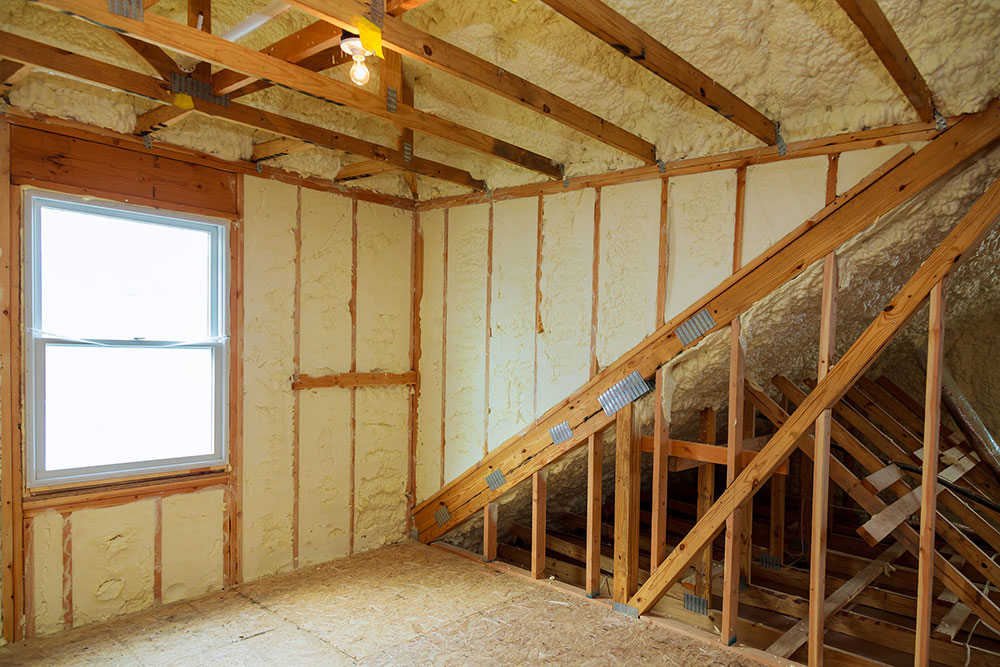
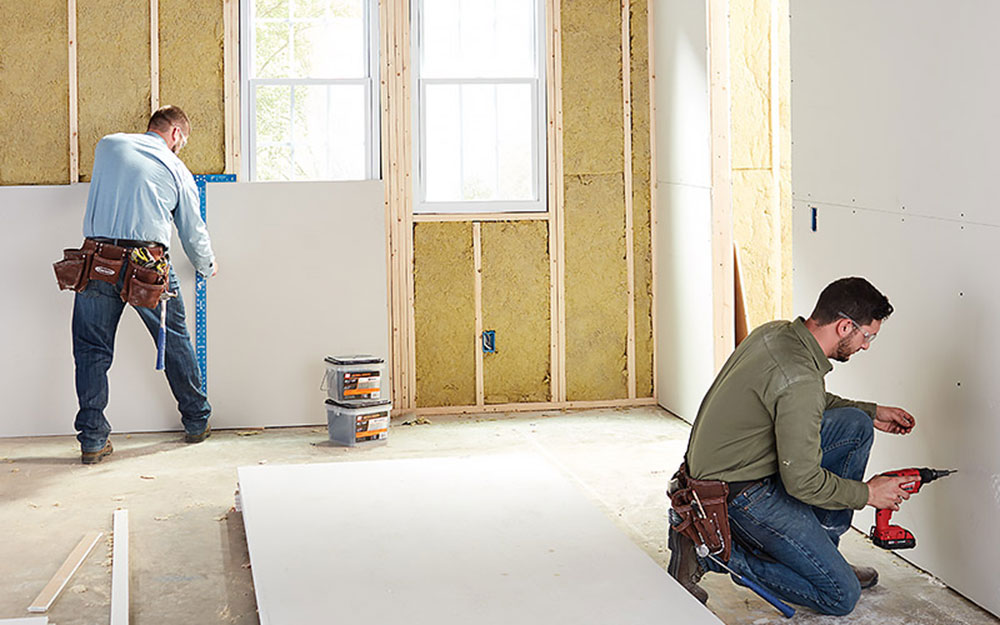
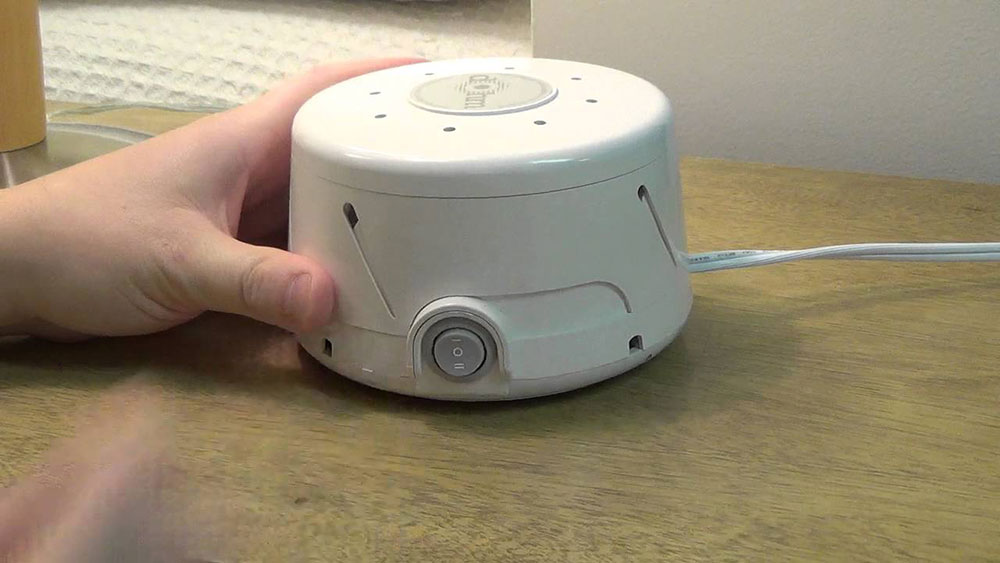
No comments:
Post a Comment